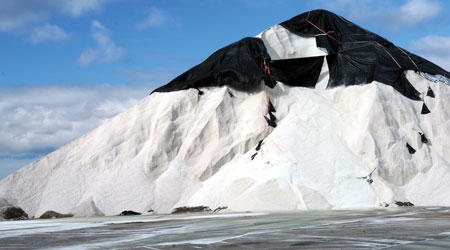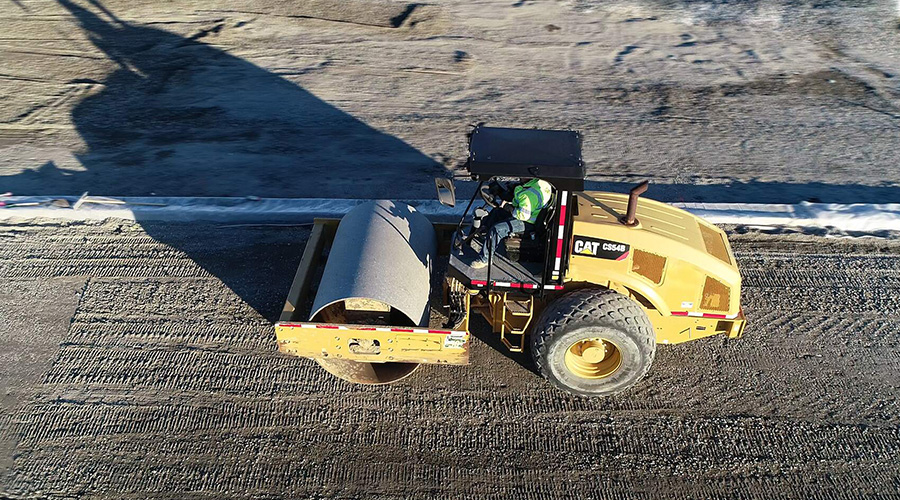Sustainability Is a Growing Factor in Snow and Ice Melt Choices
Facility managers are increasingly trying to reduce the environmental harm caused by the use of salt to remove ice.
Calling commercial ice and snow removal a slippery slope might be the ultimate dad joke, but in reality, the issue is no laughing matter.
Sustainable measures for removing snow and ice have become increasingly important. Traditional rock salt harms vegetation and contaminates waterways. It can also have a detrimental effect on wildlife and pets.
While doing nothing is better for the environment, it’s not an option for facility managers. Improperly treated entrances, sidewalks, and parking lots are personal injury lawsuits and workers compensation claims waiting to happen. Ice and snow removal is a must.
Whether facility managers hire a snow removal contractor or use an in-house team, they face the challenge of striking a balance between public safety and the health of our environment. How do they protect building occupants and visitors and the environment at the same time?
Assessing the environmental impact
When chloride-based products such as rock salt are applied to roads, parking lots, walkways, and entryways, they wash into the soil and waterways. These pollutants accumulate over time, affecting water quality and aquatic health. Chlorides can also contaminate drinking water supplies and harm pets and wild animals if ingested. Rock salt isn’t the only culprit.
“Even ice-melt products that don’t contain chloride can cause environmental issues,” says Taryn Tuss, vice president of marketing and communications for Green Seal. “Compounds in some non-chloride products, such as potassium acetate and calcium magnesium acetate, cause greater oxygen depletion in waterways than alternatives. Lower levels of oxygen harm aquatic life and can lead to significant fish and plant die-offs.”
Regulatory and legislative issues are becoming more prominent in the snow-and-ice-removal industry, and salt/ice melt products are starting to gain attention. Lawmakers at all levels of government are starting to pay attention to salinity levels in both surface water and groundwater.
As the Snow and Ice Management Association’s Best Practices Guidelines for Sustainable Salt Use indicates, reducing salt output starts with purchasing and includes storage, transport, and operations. This will have a trickle-down effect on facility management, a sector that heavily relies on ice and snow removal in many areas of the United States.
Interest in sustainable deicing grows
WIT Advisers develops best practices, training, and certification for sustainable winter management programs. Founder and CEO Phil Sexton says he’s seeing an uptick in requests for more sustainable practices, particularly by large-scale, multi-site portfolio property owners and managers and large, in-house operations, including school campuses and municipalities.
The interest also is on the rise on the contractor side of the equation, says Nate Clemmer, CEO of SynaTek Solutions, manufacturer of ice-melt products. “Contractors and building owners started asking us about products that didn’t have chloride salts and that also are cost-effective,” Clemmer says.
Related Topics:














